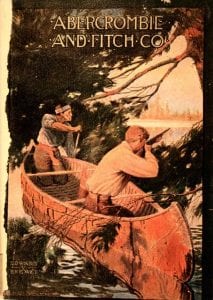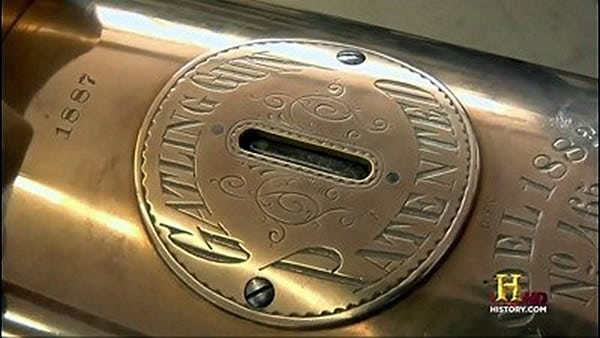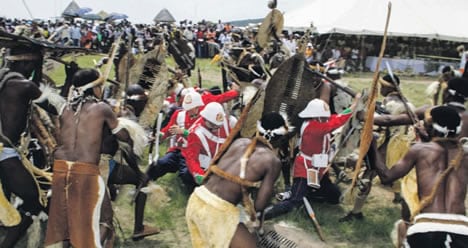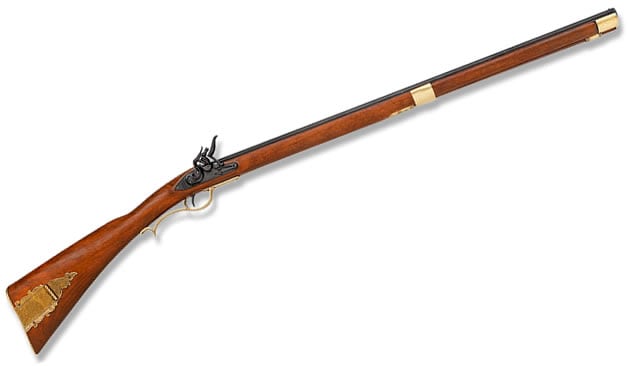Gun and History
Two Great Expedition Outfitters – Then and Now

How else could Lewis and Clark have made it all the way there and back again? How else could Burton have discovered the source of the Nile? How else could Stanley have found Livingstone? How else could Teddy Roosevelt have mapped the River of Doubt? The history of great expeditions as we appreciate it today could not have been written if the courageous explorers who walk like giants through it had not been outfitted with the finest shooting and survival gear of their respective times.
The Infamous Derringer that Changed History

Shortly after 10 p.m. on April 14, 1865, actor John Wilkes Booth entered the presidential box at Ford’s Theatre in Washington D.C. and fatally shot President Abraham Lincoln. As Lincoln slumped forward in his seat, Booth leapt onto the stage and escaped through the back door.
The Gatling Gun: The Early Years of 19th Century High Tech

The Gatling gun was born in a storm of irony. It was designed by the American Dr. Richard J. Gatling in 1861 and patented a year later. Gatling repeatedly reminded all who would listen that he created the gun to save lives by reducing the size of armies while ultimately demonstrating the futility of war.
How Arrogance and Prejudice Trumped Technological Superiority of Guns Over Knives

As of the morning of January 22, 1879, the Martini Henry breach loading, single shot, lever-actuated rifle with which the British Army had been equipped was globally recognized as being what today we would describe as a “high tech” weapon of choice for then-modern European military forces.
The Kentucky Longrifle: Davey Crockett’s “Ole Betsy” Likely Not at The Alamo

Few guns in American history are more legendary and less accurately depicted in use than the so-called Kentucky longrifle. In its most famous, romantic iteration, the gun is said to have been wielded by Davey Crockett in 1836 during the 13-day siege at The Alamo. American schoolchildren who received far too great a proportion of their history lessons from popular 1950’s television programs were all but hypnotized by images of actor Fess Parker in his Disney-produced role of Davey Crockett fighting the Mexican hordes with longrifle “Ole Betsy” in his hands.
How Poorly Reasoned Government Procurement of Cavalry Long Guns Led to Defeat at Little Bighorn

Of all the disadvantages that contributed to the annihilation of Brevet Major General George Armstrong Custer’s five-troop battalion at the Battle of the Little Bighorn –among them superior numbers of enemy forces (a 5:1 ratio seems a safe bet), criminal disobedience of direct orders by junior officers in command of support battalions, and terrain so inimical to cavalry maneuvering as to negate every advantage commonly enjoyed by mounted troops in generically similar situations – none was more devastating than the inferiority of the Seventh Cavalry’s government-issued single shot carbines.










